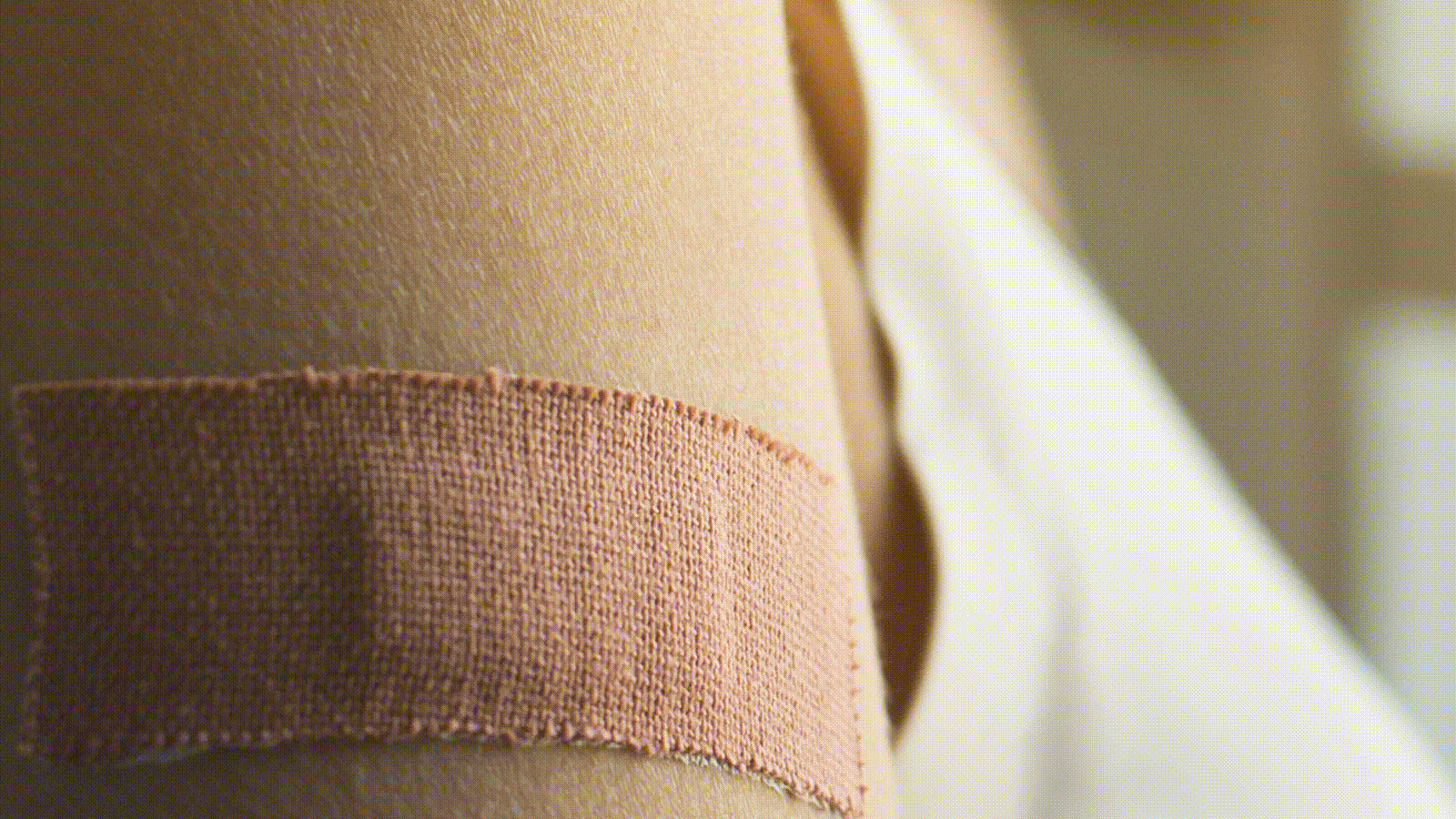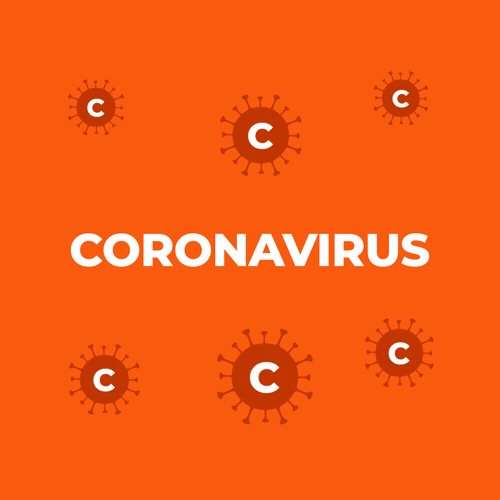Herd immunity. Community immunity. Population immunity. The terminology may change but the meaning is clear: when enough people are immune, disease-causing viruses or bacteria find it difficult to infect a new host.

The short explanation from our archives has been among our Top 5 most watched videos since it was posted in 2012. It illustrates how the spread of a disease can be interrupted when herd immunity is achieved.
There are two ways to become immune to a disease. One is by recovering from the infection; the other is through vaccination.
For some extremely infectious diseases, like measles, 95% of people must be protected to stop the disease spreading in the community. For rubella, it’s around 83%. By some early estimates, 70% protection against SARS-CoV-2 (which causes COVID-19) is required to reach community immunity.
However, the arrival of more transmissible variants require higher levels of immunity to break the chain of transmission. The herd immunity threshold may be as high as 90%.
What’s so great about herd immunity?
If you are immunised against a disease, you benefit directly from this protection. But there’s more. When a community achieves community immunity, it protects those who are too young or too sick to receive a vaccine.
Take Borislava, for example. As an organ transplant recipient, she must take medicines which suppress her immune system. That’s why she relies on her colleagues, friends and family to be vaccinated against diseases such as flu.

The same is true of people being treated for certain diseases. Bonaria is vulnerable to infection while undergoing cancer treatment. She needs her community to do all in their power to limit the spread of infectious diseases.
COVID-19 and the quest for herd immunity
When the pandemic struck, one of the biggest questions was when, or if, we might reach herd immunity. Some experts and government advisors in Sweden and (briefly) the UK advocated allowing low-risk younger people to catch the virus while protecting vulnerable people.
The idea was that herd immunity might be reached without having to wait for a vaccine. However, this proved a controversial and high-risk approach. Instead, social distancing, school closures and travel restrictions were adopted in most European countries.
Now highly effective vaccines have arrived. Despite this, there is growing pessimism that herd immunity is possible any time soon.

There are a number of factors at play when calculating whether herd immunity can be reached. These include the R number of the virus, how vaccines prevent transmission, and vaccine uptake. After all, vaccines are no use unless people roll up their sleeves and have their vaccine when it is offered.
Wrapped up in that complicated equation are several unknowns. New COVID-19 variants spread more quickly and may not respond to vaccine-induced immunity in the same way as earlier strains.

Vaccine uptake varies between communities, between countries, and between regions. Even with much greater global access to vaccines, there will be parts of the world where far too few people are vaccinated to reach herd immunity. And, as experience with other infectious diseases has shown, outbreaks will continue in susceptible subgroups of the population – even where average vaccination rates are high.
The view that COVID-19 may become endemic, continuing to spread in the community, is gaining ground among experts. Of course, that doesn’t mean vaccination is not worthwhile for individuals and communities. Vaccination is helping to reduce the spread of the virus, allowing societies to return to many of the social and economic activities that were paused at the height of the pandemic.
Dr Peter English, a consultant in communicable disease control and member of the Vaccines Today editorial board, notes that the herd immunity threshold applies to the entire population, not just the adult populations currently priortised by vaccination programmes.
‘Given that we may need to achieve immunity levels close to 90%, it is likely that we will, in due course, need to vaccinate children if we are to do so, particularly given that children generally have a lot of contacts that they could spread the virus to,’ he said.
Vaccinating everybody over 50 will greatly reduce the number of people requiring hospital admission but, Dr English said, without herd immunity people who are vulnerable will continue to be exposed and become ill.
‘Some will be seriously ill, and some will die,’ he said. ‘And, while hospital admissions and deaths are vitally important, the long term consequences of “Long Covid” are also crucial, even in people under the age of 50; so we should still aspire to achieving herd immunity, ideally globally, through vaccination.’
In the meantime, we can play our part in protecting our communities by ensuring we are up to date with all recommended vaccines. After all, it was herd immunity that allowed us to eradicate smallpox globally, eliminate polio in most regions of the world, and control several other infectious diseases. The impact of vaccines on COVID-19 will play a major role in the future of our health, our economies and our communities.




